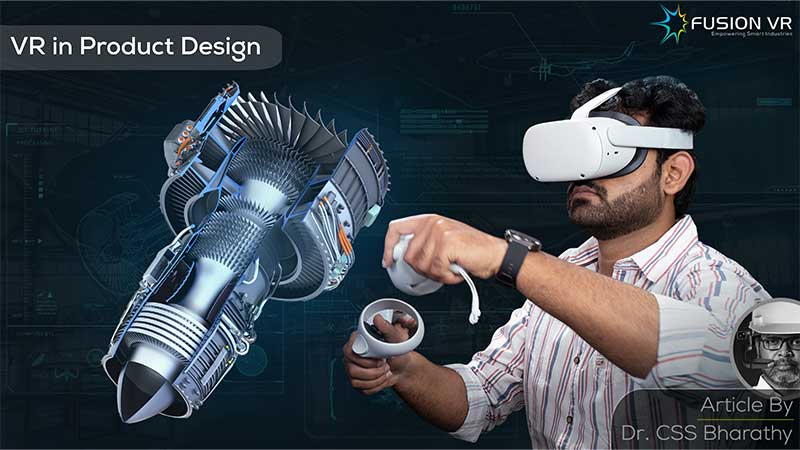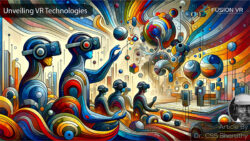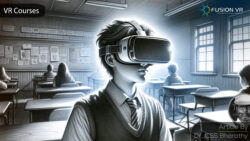Human civilisation is at a point where everything we do is influenced by technology. There are billions of different products that people use every day to get their everyday lives going. A simple life may not be possible anymore, considering how dependent we have become on new products and technologies.
It is being realised now that a product such as a smartphone has become the most essential to lead an everyday life. Everything is connected to the smartphone and our dependence is only increasing day by day. As consumer preferences change, the demand for new products is on the rise, and the ensuing competition rewards companies that bring out new products the quickest. The journey from ideation to production must be the fastest. Product designers have recognised the need to accelerate design processes and help their companies deliver new and innovative products to the marketplace in the shortest possible time. While there are other vital stakeholders in this value chain, the product design process holds centre stage.
Virtual Reality technology helps people visualise and experience something that hasn’t been there before. This visualisation of a new concept, product, or change is challenging to accomplish on a two-dimensional screen by everyone. The reason is that we see things differently in our mind’s eye. Design processes require the collaboration of multiple teams and differences in perceiving a new proposal could kill off a promising new product. VR product design helps to shorten the product design process with an immersive and collaborative approach.
Integrating VR into Product Design: Challenges and Solutions
VR in product design allows designers and engineers to empathise with a problem or challenge that people face. This enables better ideas to be generated for discussion. This becomes particularly useful for a lesser-known problem that only a specific section of the people encounter. Virtual reality product design helps develop virtual prototypes that can be visualised, constructed, dismantled, and experienced multiple times. VR allows movement in six degrees of freedom which is rotation and move along all three axes.
The User Interface (UI) and User Experience (UX) aspects of the design can be developed and reviewed with participation from anywhere in the world. Physical distance is no longer a constraint in product design as VR helps engage experts and stakeholders from the manufacturing industry in real-time. The advent of 5G and its implementation across the world will greatly reduce the latency, thereby giving the feeling that all of them are present in the virtual space at the same time. A virtual prototype can be tested multiple times and its design revised based on the inputs received from everyone. Physical prototyping is expensive and often takes significant time and effort to complete.
Product designers need to learn how to use VR tools and engage VR engineering and solutions experts to integrate virtual reality into their processes. They need to identify VR solutions providers who have the industry experience to better understand, guide, and execute VR strategies at any company. They also need to familiarise themselves with the advantages and limitations of virtual reality 3D design and finally become comfortable developing virtual prototypes. With VR devices costing lesser and their availability wider than before, integrating this technology into the design process may become more accessible.
Virtual Reality is one of the critical technologies in Industry 4.0 or the Fourth Industrial Revolution. Becoming early adopters of VR will create many competitive advantages for the organisation in the 21st century. Feel free to check out the Fusion VR website to learn more about our products and services, in addition to the wealth of knowledge provided there, which I believe will help better understand these exciting technologies.





